
Labor Day occurs during the first Monday in September and honors the hard work and dedication of what American citizens have placed into work. Labor Day is based on the labor movement that happened during the late 19th century. It celebrates economic and social contributions made to the benefits of workers, which represents the movements of labor in the United States. It is not only a restive day and time for reflection but holds an extremely special place in American history: it means the end of summer and the start of school for most. Let us now step into the historical background, meaning, and unique traditions surrounding Labor Day.
Origins of Labor Day

In relation to its specific origin, Labor Day traces back to the labor movement of the late 1800s. America was undergoing rapid industrialization changes at that time, making the American economy look very different. Factories and railroads started springing up all around the country; however, workers fared badly as they suffered through long working hours, exposed working conditions, and low pay. As a means of fighting such stark realities, labor unions started rising and voicing out demands for improved working conditions, reasonable hours, and just pay.
It was in 1882 that the idea of a workers’ day first emerged when New York City’s Central Labor Union arranged its first Labor Day parade on 5th September of that year. That day, thousands of workers took unpaid leave to march through Manhattan in a demonstration of solidarity and the power of the labor movement. It was a success, calling the public’s attention to the plight of workers and thus, bringing about a demand for reform.
Though there is no one to give credit for first conceiving Labor Day, it has been attributed to be the brainchild of a co-founder of the American Federation of Labor, Peter J. McGuire, though some give the credit to be by Matthew Maguire, a secretary for the CLU, who introduced the idea. Be it as it is, though, this concept found immense acceptance in a matter of no time, and various other states began adopting it.
Official Recognition
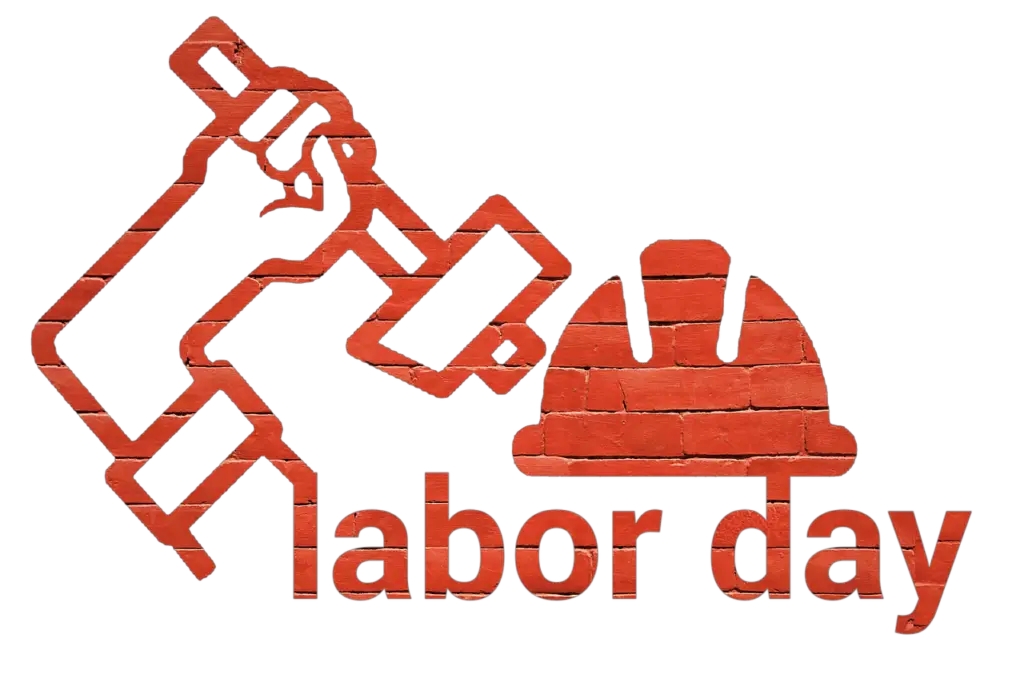
Labor Day, a national holiday since 1894, was the outgrowth of a very stormy period in the history of American labor. That year witnessed a very violent outbreak of the nationwide railroad strike known as the Pullman Strike-a confrontation of workers and federal troops. The strike, staged by the American Railway Union in reaction to wage cuts and terrible working conditions, left a long scar on the nation’s psyche, revealing the animosity between labor and industry.
To try and heal the wounds between the workers of America and the White House, President Grover Cleveland made it a priority to have a national Labor Day. On June 28, 1894, Congress enacted legislation that declared Labor Day a national holiday which President Cleveland signed into law. Labor Day celebrated as a national holiday for the very first time was later in the year on September 3, 1894.
A Symbolic End of Summer
Labor Day, apart from its historical and cultural significance, is also a significant date in the United States to mark the unofficial end of the summer. Since it falls on the first Monday of September, it also indicates a transition from the more carefree days of summer to more structured activity as fall commences. The Labor Day weekend is a perfect time for many American families to go out into the open air during the last days when the sun still shines strong before the first chill of autumn begins and school gets underway.
More coincidentally, the time of Labor Day also marks the start of school for many school districts around the country. In olden times, schools typically started classes the day after Labor Day, so the holiday was a final fling with summer before returning to school. Even though some schools have started earlier, the association between Labor Day and the school year remains firmly fixed in the American collective consciousness.
Global Celebrations and May Day

Most of the world celebrates International Workers’ Day, otherwise known as May Day, on May 1st. In fact, while Labour Day is observed in the United States during September, many countries around the globe celebrate worker’s day on May 1st. This global celebration honors the labor movement’s power and the worker, though its roots originate from various historical events.
The movement for an eight-hour workday came from the Haymarket Affair, a violent clash between police and labor protesters in 1886 in Chicago. Given that May Day is based on this, this has its roots in the Haymarket Affair. After the Haymarket Affair, May 1st was adopted as the day to be remembered for the struggles of the working class, and it was henceforth observed as International Workers’ Day in many countries.
Interestingly, while the majority of the world celebrates May Day, America chose to celebrate Labor Day in the month of September. One motivation for this decision is to dissociate the holiday from the radical connotations that already exist as regards the celebration of May 1st. In any case, what is essential for both holidays remains the same: the recognition and appreciation of value that workers bring into human society.
How to Dress on Labor Day
One of the most interesting Labor Day customs is the old notion that one should not wear white afterward. This late 19th-century rule is believed to have started out as a way used by the upper class in order to distinguish themselves from those considered other class creatures. And so, most women used to wear white during summer and gradually change into darker, very formal clothes around Labor Day in the long ago when air conditioners did not exist. In the due course of time, this had almost turned out into an enacted rule of fashion, though it is done loosely these days.
Labor Day is also the time for rest and recreation. Ironically, most people do not go to work on Labor Day. This day falls on a public holiday, and most businesses, government offices, and schools close down. The day usually passes with family members and friends doing leisure activities around the backyard barbecue, picnic, and other outdoor sports. This Labor Day weekend has gained popularity for a high sell in the retail industries, which include back-to-school shopping, becoming the year’s biggest shopping event.
The Role of Labor Unions

Labor Day reminds us of the significance of labor unions and the ways they protected workers’ rights as well as helped improve their working conditions in the United States. The labor movement provided major thrusts for the 40-hour workweek, the minimum wage, and workplace safety legislation. All such benefits have entered into the depths of the American worker’s welfare and brought a fairer and more just society to many Americans.
Labour unions continued fighting for workers’ rights until the present with efforts that pushed social and economic reforms in society. In fact, the New Deal of 1930s put into law such important legislation like the Fair Labor Standards Act, which established minimum wage and overtime compensation. Labor unions, similarly, during the post-war years helped secure health benefits, pensions, and other workplace protections for millions of America’s workers.
While union membership is now lower than it was in mid-20th century, labor unions remain a strong presence in American society today. Even though wages and working conditions are no longer of great concern for workers in many industries, they still represent an important voice for workers in those areas. Their efforts are always celebrated every year through the Labour Day celebrations.
Also Read: Labor Day’s Hidden History : The True, Gritty Stories Of Struggle And Victory
Labour day in Other Countries
Although Labor Day is more widely celebrated in the United States, many other countries around the world celebrate this day of significance, including in Canada. Canadian Labor Day is held on the first Monday of September and was derived from similar historical influences like Labor Day in the United States. In Canada, as in the United States, the latter part of the 19th century found labor arguing for better working conditions and for the right to bargain collectively, which resulted in the establishment of this holiday.
The Canadian celebration of Labor Day often includes parades, festivals, and other public events, with a focus on recognizing the contributions of workers to the nation’s prosperity. The holiday also serves as an important reminder of the shared history and values between the United States and Canada, particularly in the realm of labor rights.
Labor Day in the Auto Industry
There is something special to the automotive industry about Labor Day. Traditionally, it represents the start of the new car model year, and with dealerships scrambling to make room for all of their incoming inventory, it’s a day when they will sometimes sell last year’s model at deep discounts. As a result, Labor Day has become one of the busier times of the year for car sales as customers line up to take advantage of deals and giveaways by auto manufacturers and dealers.
Labor Day Marks End to Summer Automobile Sales in America, according to Automotive Research and Sales Company. Several Americans travel to the lakes, mountains, and coastal areas for last-minute summer weekend getaways over Labor Day weekend. To prevent the onset of chilly weather and commencement of school, travel demand is usually low during this time of year, hence Labor Day becomes one of the peak days for the automobile industry.
Labor Day Marathons and Athletic Events
Labor Day offers marathon races and other athletic events for anybody who enjoys physical fitness. The best-known tradition associated with Labor Day is the Mackinac Bridge Walk that Michigan annually hosts, drawing thousands of participants. The nearly 5-mile walk across the Mackinac Bridge, which connects Michigan’s Upper and Lower Peninsulas, has been a Labor Day tradition since 1958 and is a unique way to celebrate the holiday.
Apart from the Mackinac Bridge Walk, various cities and towns across the country host Labor Day marathons, bike races, and other sporting events. In this way, such functions are healthy and entertaining for people to celebrate the holiday, have time with friends and family, and find themselves connecting with nature.
Conclusion
Labor Day is a holiday steeped in historical and cultural meaning within the United States. From its inception in the labor movement of the 19th century to its status as a national holiday, Labor Day has always been an exercise in the celebration of workers’ efforts and the assertion of their rights. The holiday not only celebrates progress made by the labor movement but also underscores that such conditions remain an unfinished agenda to be ensured in the workplace by all.
Labor Day is generally understood as a celebration of the end of summer and a mark for the start of school, finally finishing in ‘end’ with a last chance to have fun and enjoy as much of the season as possible before the fall routine begins.
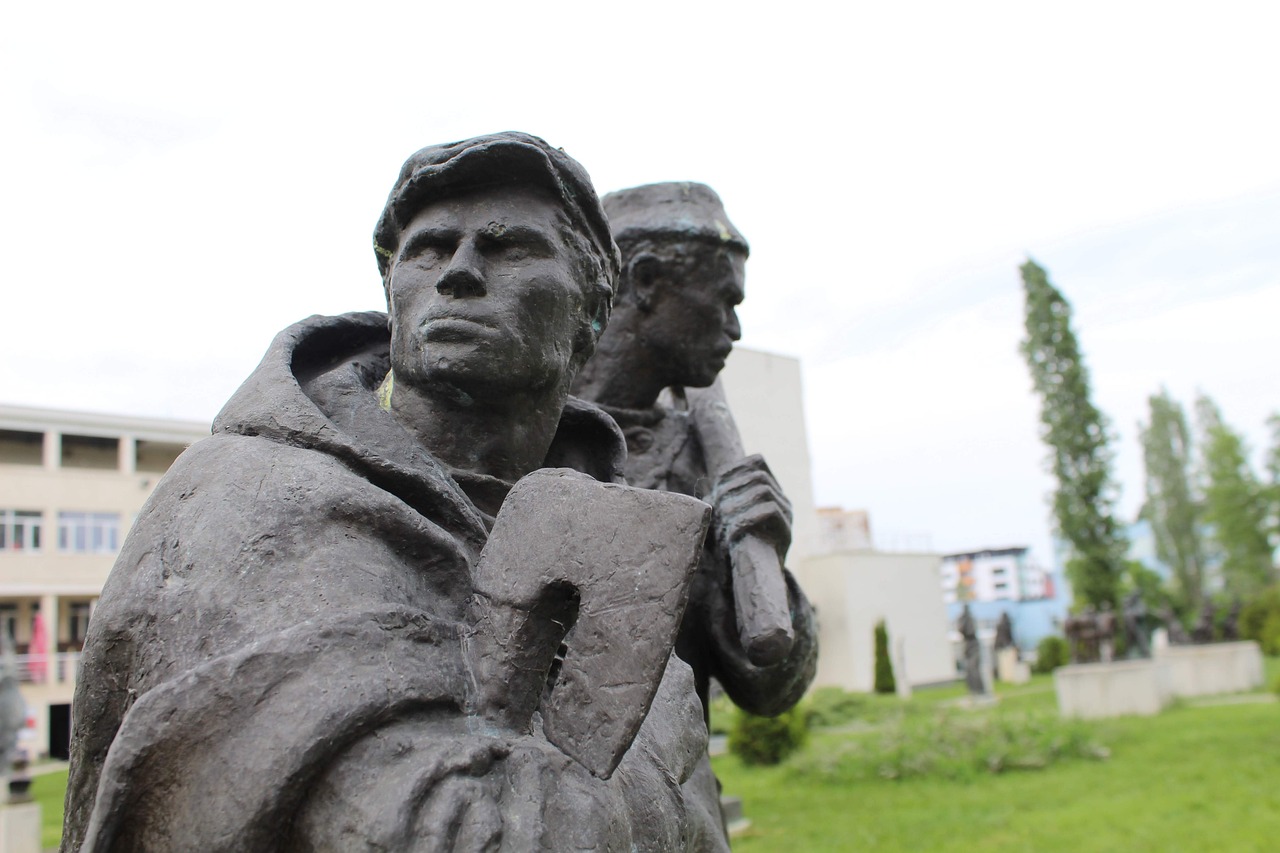

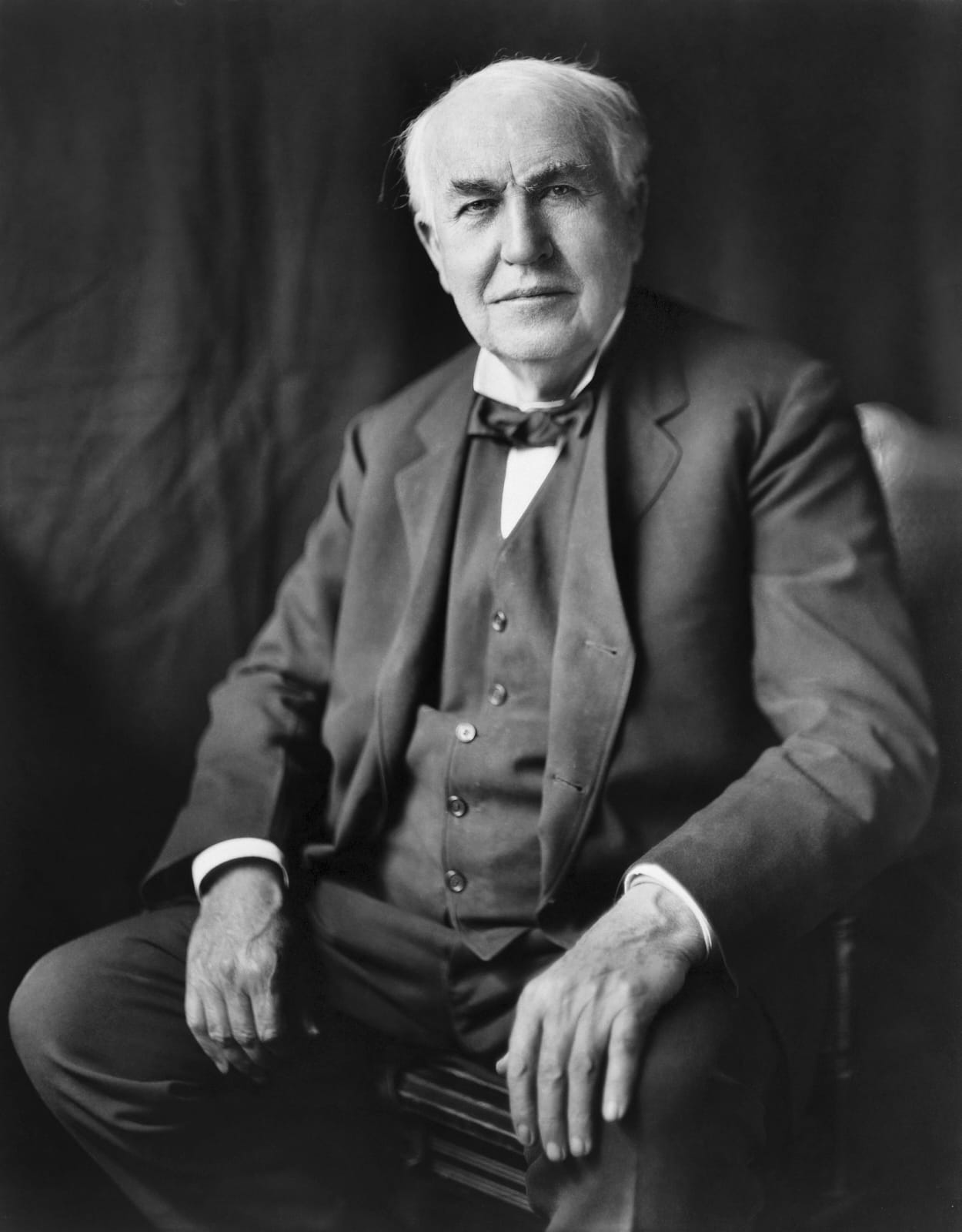
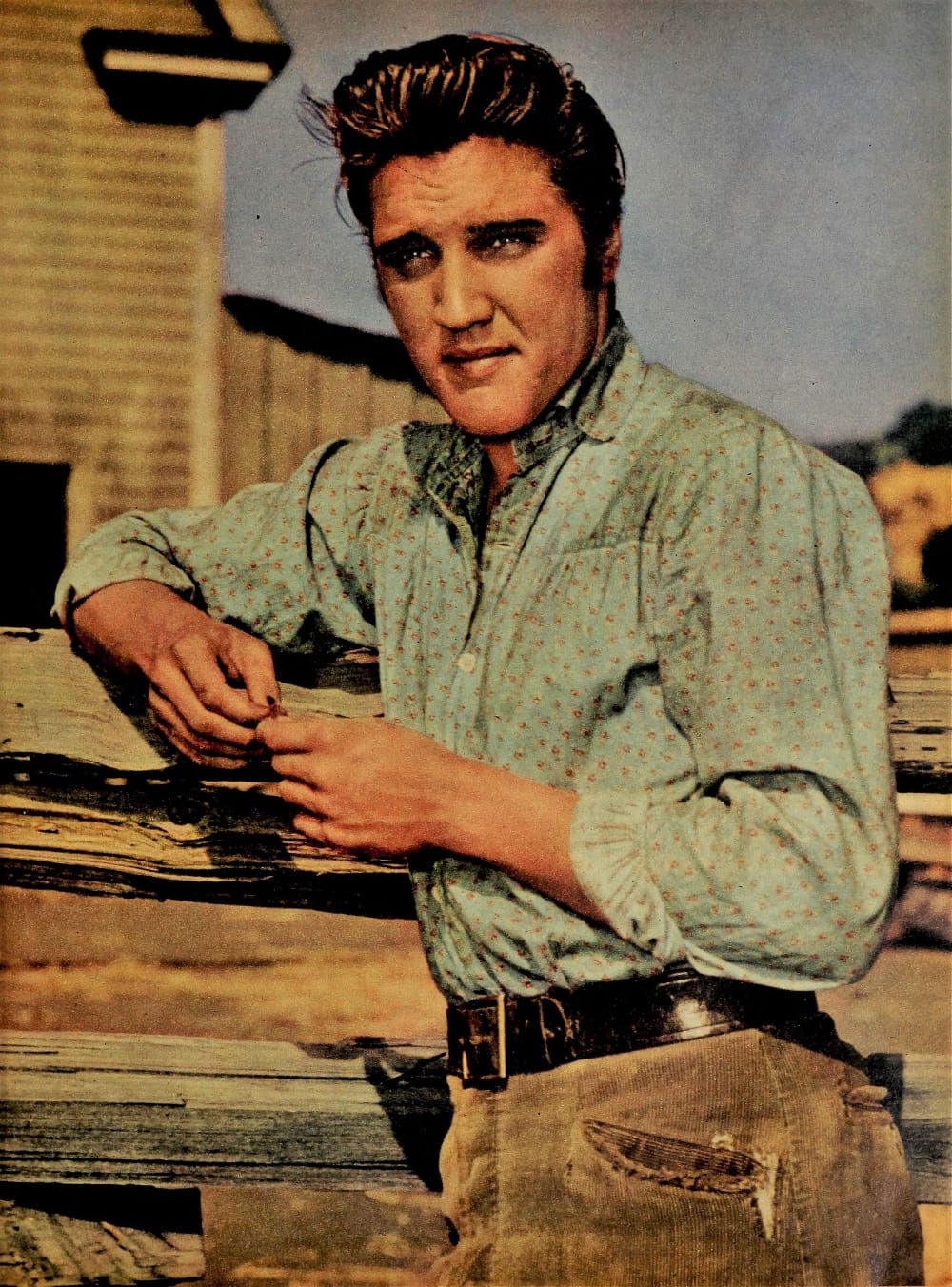
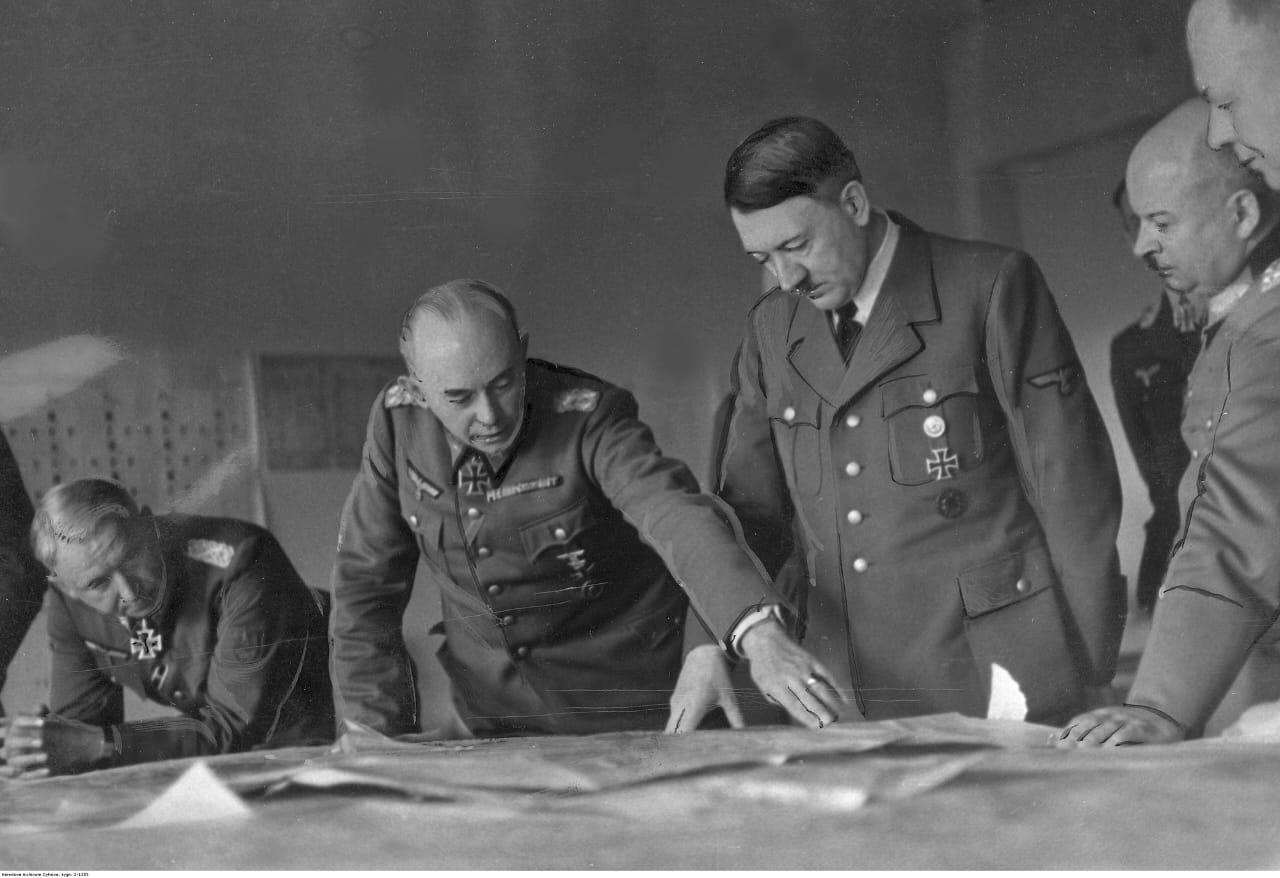
One thought on “Labor Day: Celebrating the Unyielding Spirit of America’s Workers”